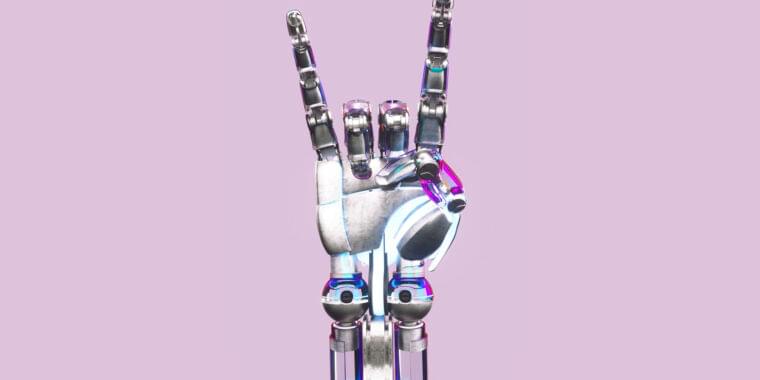“Frank Sinatra’s voice has been used on a version of the hip-hop song ”Gangsta’s Paradise,” while Johnny Cash’s has been deployed on the pop single ”Barbie Girl.” A YouTube user called PluggingAI offers songs imitating the voices of the deceased rappers Tupac and Notorious B.I.G.
”An artist’s voice is often the most valuable part of their livelihood and public persona, and to steal it, no matter the means, is wrong,” Universal Music general counsel Jeffrey Harleston told US lawmakers last month.
Discussions between Google and Universal Music are at an early stage, and no product launch is imminent, but the goal is to develop a tool for fans to create these tracks legitimately, and pay the owners of the copyrights for it, said people close to the situation. Artists would have the choice to opt in, the people said.
The discussions, confirmed by four people familiar with the matter, aim to strike a partnership for an industry that is grappling with the implications of new AI technology.
The rise of generative AI has bred a surge in ”deepfake” songs that can convincingly mimic the voices, lyrics, or sound of established artists, often without their consent.







